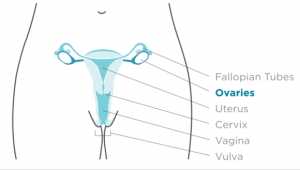ASCO, Author Interviews, Biomarkers, Melanoma, NYU / 02.06.2019
Circulating DNA Can Indicate Melanoma Treatment Failure
MedicalResearch.com Interview with:
David Polsky, MD, PhD
Dermatologist and Director of the Digmented Lesion Service
Mahrukh M. Syeda, MS
Research Associate
Ronald O. Perelman Department of Dermatology
NYU Langone Health
MedicalResearch.com: What is the background for this study?
Response: Several studies of metastatic melanoma patients have demonstrated that measuring circulating tumor DNA (ctDNA) associates with their disease burden and survival. Generally, patients with detectable pre-treatment ctDNA levels and/or detectable ctDNA at various time intervals after starting treatment have shorter survivals than patients with lower pre-treatment or on-treatment ctDNA levels. Studies have varied in their methods to detect ctDNA, the thresholds chosen to call a sample positive or negative, and the follow up time point for measurement, if any.
In this study, we examined pre-treatment and week 4 on-treatment plasma samples from patients enrolled in Combi-D, the Phase III, randomized, double-blind trial of the BRAF and MEK inhibitors Dabrafenib and Trametinib, which led to FDA approval of the combination therapy for patients with unresectable stage III/IV melanoma.
Only patients with BRAF V600E or V600K mutations identified from tumor genotyping were enrolled in the clinical trial.
(more…)






























